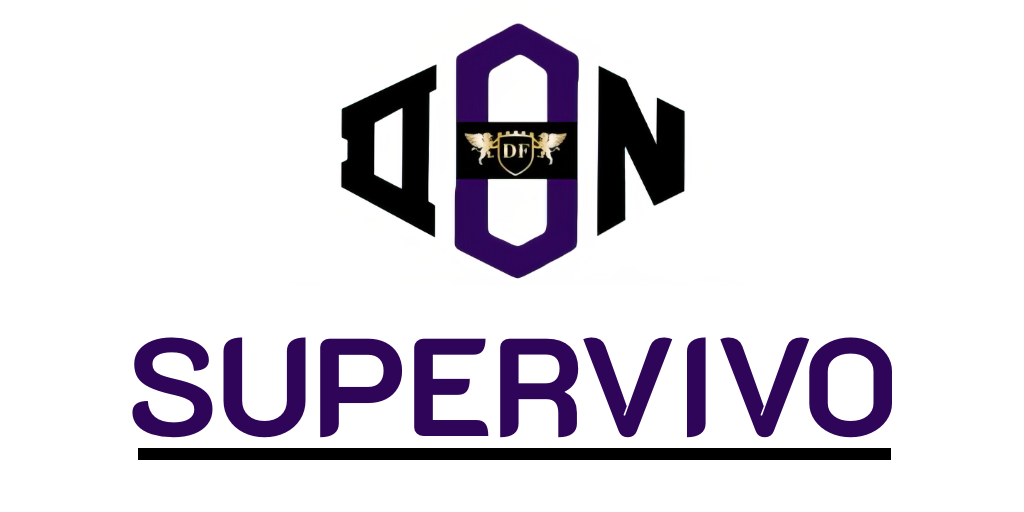Understanding how movement influences learning in children is vital in today’s educational landscape. The importance of movement in education cannot be overstated; integrating physical activity into learning environments fosters children’s engagement through activity and enhances their ability to focus. Research consistently demonstrates a transformational link between cognitive development and movement, suggesting that children who are active tend to show improved academic performance. By exploring this dynamic relationship, we uncover the myriad benefits that movement brings to the learning process, setting the stage for a deeper dive into this fascinating topic.
The Importance of Physical Activity in Education
Incorporating physical activity into educational settings provides profound benefits that extend beyond mere exercise. Engaging in movement during learning significantly enhances children’s focus, thereby creating a more dynamic and productive educational environment. A well-rounded approach to education promotes health through education, fostering not only academic success but also overall wellbeing.
Enhancing Engagement and Focus
Active participation plays a vital role in maintaining concentration during lessons. When children engage in physical activity, their bodies release endorphins, which can elevate mood and stimulate interest in learning. This positive reinforcement leads to increased learning engagement, as children become more excited about their educational experiences.
Promoting Health and Wellbeing
Physical activity is instrumental in fostering health amongst children. Through regular exercise, children experience reduced stress levels and enhanced emotional regulation. Research shows that physically active children tend to exhibit better social skills, contributing to a supportive classroom atmosphere. In essence, the benefits of physical activity in education encompass a holistic approach, nurturing both mental and physical health essential for optimal learning outcomes.

How Does Movement Help Children Learn?
The relationship between movement and learning extends well beyond the physical realm. Understanding how does movement help children learn allows us to appreciate the intricate connections between physical activity and cognitive development. Engaging in movement stimulates the brain, leading to benefits that enhance learning experiences in children.
The Connection Between Movement and Cognitive Development
Research consistently demonstrates that cognitive development through movement is essential for children. Physical activity increases blood flow to the brain, which facilitates neurogenesis and synaptic plasticity. Children who regularly participate in physical activities often exhibit improved performance in cognitive assessments compared to their sedentary counterparts.
Different types of movement activate various areas of the brain. Simple exercises can enhance focus and coordination, while more complex motor tasks foster creativity and problem-solving abilities. This holistic approach ensures that children develop skills integral to their education and personal growth.
Benefits of Movement-Based Learning Techniques
Integrating movement into learning environments offers a myriad of advantages that resonate with the natural inclinations of children. Through kinesthetic learning, students find themselves engaged in ways that traditional teaching methods often overlook. Movement not only captures attention but also enhances memory retention, thereby enriching the educational experience.
Kinesthetic Learning and Its Effects
Kinesthetic learning stands out as a powerful approach that utilises hands-on activities to facilitate understanding and retention. Children thrive when they can physically engage with the material, enabling them to learn through exploration and interaction. This method aligns with their innate desire to move and discover, making lessons more relevant and memorable. The benefits of movement-based learning techniques extend beyond mere enjoyment; they encourage deeper comprehension and foster a more profound connection to the subject matter.
Incorporating Movement in the Classroom
Incorporating movement in the classroom involves innovative active learning strategies that breathe life into curriculum delivery. Techniques such as ‘brain breaks’, interactive games, and outdoor learning experiences invigorate students, transforming their engagement levels drastically. Little adjustments can lead to significant impacts; for instance, brief periods of physical activity can recharge focus and attention. Tailoring lessons to include movement not only appeals to varied learning styles but also cultivates an inclusive atmosphere, nurturing every child’s potential to flourish.
Children’s Motor Skills Development
The journey of children’s motor skills development forms a vital aspect of their overall growth. Engaging in sensory-motor experiences in learning fosters an enriching environment where young minds explore and connect with their surroundings. Through movement, children not only refine their physical capabilities but also enhance their cognitive processes.
The Role of Sensory-Motor Experiences
Various forms of play and exploration provide essential sensory-motor experiences in learning. Activities such as climbing, jumping, and handling objects enable children to develop coordination and balance. As they navigate their environment, they gain insights into spatial awareness and body control, which are crucial for further education. These experiences invite curiosity and encourage problem-solving, paving the way for holistic development.
Physical Activity and Fine Motor Skills
The importance of physical activity for fine motor skills cannot be overstated. Engaging in tasks that require precision, like drawing or crafting, significantly improves dexterity. Activities that involve grasping, squeezing, or manipulating objects allow muscles and brain connections to strengthen. Regular participation in physical activities lays a strong foundation for skills such as writing and typing, essential for academic success.
Impact of Exercise on Cognitive Development
The relationship between physical activity and cognitive growth is increasingly being recognised in educational settings. A wealth of research highlights the impact of exercise on cognitive development, revealing how regular activity plays a pivotal role in enhancing various aspects of learning, memory, and brain health.
Improving Memory and Retention
Engaging in consistent physical exercise has shown to be beneficial for improving memory in children. Studies indicate that children who partake in regular physical activity display better retention capabilities, making them more effective learners. Exercise appears to enhance the neural connections related to memory, fostering an environment where information can be acquired and recalled more efficiently.
Stimulating Brain Functionality
The exciting link between exercise and brain functionality cannot be overlooked. Physical activity not only stimulates the release of essential neurotransmitters but also promotes the production of neurotrophic factors, which support overall cognitive health. These biochemical changes contribute to an increased capacity for learning, influencing how effectively children can process and understand information.
Movement Breaks for Students
Integrating movement breaks for students is a vital strategy in contemporary education. Short intervals of physical activity can rejuvenate young minds, significantly enhancing focus through movement. When students engage in brief exercises, their energy levels rise, enabling them to return to their tasks with renewed enthusiasm, ready to absorb information more effectively.
The importance of breaks in learning cannot be overstated. With a structured programme of movement breaks, evidence from educational research suggests that not only do concentration levels improve, but disruptive behaviours also decrease. This creates a more harmonious classroom environment, where learning takes precedence without the distractions often caused by fatigue or restlessness.
To implement effective movement breaks, educators can encourage activities such as stretching, dancing, or simple physical games. These activities can be seamlessly woven into the school day, providing children with necessary relief from academic rigours while fostering a culture that celebrates both learning and physical health. By acknowledging the role of movement, teachers can cultivate a balanced learning environment that empowers students to thrive.









